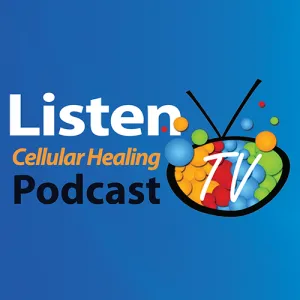Salad:
- 8 cups mixed greens or roughly chopped kale (I mixed both)
- 1/4 cup raw sauerkraut or other raw, fermented vegetables of your choice
- 3-4 medium radishes (thinly sliced)
- 1/4 cup raw (sprouted, if possible) pumpkin seeds
- 1 medium ripe avocado (thinly sliced)
- Shredded beets
- Shredded carrots
- Handful of chopped parsley
- Handful of chopped cilantro
Dressing:
- 1/4 cup tahini
- 1 Tbsp. grainy mustard (Dijon works great, too!)
- 2 Tbsp extra virgin olive oil
- 2 medium lemons, juiced
- 1 healthy pinch each of sea salt and black pepper
- Add the greens to a large serving bowl and top with beets, radishes, sunflower seeds, parsley, and avocado.
- Next, whisk all of the salad dressing ingredients together in a small bowl. Season with salt and pepper, and toss with the salad.
- Best when fresh, though leftovers keep (undressed) up to 3 days in the refrigerator.



 Almond Flour Crust:
Almond Flour Crust:



